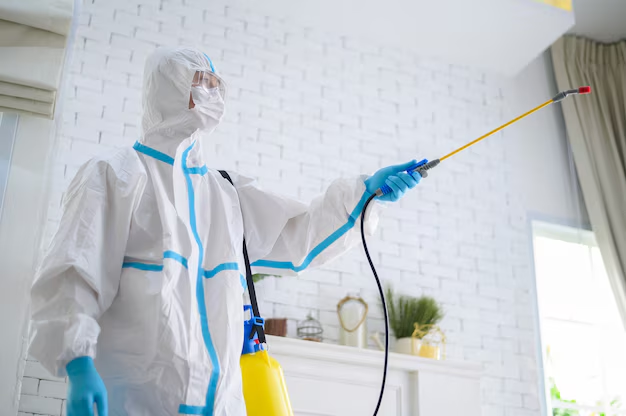
Understanding Type 1–6 Coverall Ratings: What They Really Mean
Not all protective coveralls offer the same level of protection—and that’s where the Type 1–6 classifications come in.
These numbers aren’t random. They tell you exactly what kind of hazard a suit is designed to handle—from dust and spray to pressurized chemical jets.
If you’re buying PPE, you need to know what each Type actually protects against—and what it doesn’t.
Types 1 through 6 define the level of protection a disposable suit provides against liquid or particulate hazards. Higher numbers (like Type 5/6) are for lower-risk environments, while lower numbers (like Type 1/2/3) are for higher-risk situations with full or partial liquid and gas protection.
Type 1 – Gas-Tight (Highest Level)
Protection against:
✔️ Hazardous gases, vapors, and liquids under pressure
✔️ Used with SCBA (self-contained breathing apparatus)
Common use:
- Chemical spill response
- Hazmat teams
- High-risk chemical tank entry
- Chlorine, ammonia, hydrogen sulfide incidents
Construction:
- Gas-tight zippers
- Sealed seams
- SCBA-compatible design
- Usually constructed from multi-layer fluoropolymer or rubberized fabrics
Standards:
EN 943-1, EN 943-2 (for industrial and emergency use)
⚠️ Bulky, expensive, and not breathable. For extreme conditions only.
🛠️ Buyer tip: Always check if the suit is Type 1a (SCBA inside) or Type 1b (SCBA outside)—this affects heat load and mobility.
Type 2 – Non Gas-Tight with Positive Pressure
Protection against:
✔️ Similar chemical exposure as Type 1
❌ Not gas-tight, but keeps contaminants out via positive air pressure
Used in:
- High-grade cleanrooms
- Some microelectronic production lines
- Virus research where clean airflow is maintained
Standards:
EN 943-1
⚠️ Rare in industrial use—usually replaced by Type 1 or Type 3.
🧪 Mostly custom-designed for controlled lab applications.
Type 3 – Liquid-Tight (Jet-Proof)
Protection against:
✔️ Strong liquid chemical jets or sprays
✔️ High volume pesticide exposure
✔️ Splash from acids, bases, solvents
Used in:
- Tank cleaning and transfer
- Agriculture (spraying chlorpyrifos, glyphosate)
- Chemical blending operations
- Emergency spill response teams
Construction:
- Taped or heat-sealed seams
- Barrier-layer laminate or coated fabrics
- Pressure-tested to resist strong directional liquid force
Standards:
EN 14605 (Type 3)
✅ Go-to for high-splash environments.
❌ NOT suitable for gas or vapor protection.
Type 4 – Spray-Tight (Saturation Protection)
Protection against:
✔️ Saturated chemical spray or mist
✔️ Water-based chemical processing
✔️ Moderate exposure zones
Used in:
- Painting / powder coating
- Light chemical mixing
- Cold-room cleaning
- Poultry and food factories using acid wash
Construction:
- Sealed seams
- Lower-pressure spray tested
- May include breathable back panel for heat relief
Standards:
EN 14605 (Type 4)
✅ Common in agriculture and factories.
❌ Won’t hold up under high-pressure jet or full immersion.
Type 5 – Dry Particle Protection
Protection against:
✔️ Hazardous dry dust, fibers, powders
✔️ Asbestos, pharmaceutical residues
✔️ Crystalline silica, mineral wool
Used in:
- Asbestos abatement
- Insulation removal
- Cement factories
- Grain silos and flour mills
- Silica blasting jobs
Standards:
EN ISO 13982-1 (Type 5)
Typical Materials:
SMS non-woven, microporous laminate, Tyvek®
✅ Breathable fabrics (like SMS) common.
❌ No liquid protection at all.
🧼 Ideal for dry decontamination tasks and dusty production areas.
Type 6 – Limited Splash Protection
Protection against:
✔️ Light liquid mist and splashes
❌ NOT suitable for heavy exposure or hazardous chemicals
Used in:
- Daily cleaning in office buildings or public spaces
- Light duty janitorial tasks
- Food industry quality inspection
- Temporary visitor PPE at low-risk sites
Standards:
EN 13034 (Type 6)
✅ Lightweight and affordable.
❌ Minimal chemical resistance—don’t rely on for serious exposure.
Summary Comparison Table
| Type | Protection Level | Hazard Type | Suit Features | Typical Industries |
|---|---|---|---|---|
| 1 | Highest – gas-tight | Gases, vapors, liquids | Full encapsulation, SCBA compatible | Hazmat, emergency, chemical plants |
| 2 | Positive pressure | Similar to Type 1 | Constant internal air flow | Specialized cleanroom or pharma |
| 3 | Jet-tight | Liquid chemical jets | Taped seams, sealed zippers | Tank farms, agriculture, decon |
| 4 | Spray-tight | Chemical sprays, mist | Sealed seams, lower pressure | Industrial, maintenance, painting |
| 5 | Dry particulate-tight | Dust, powders | Breathable, elastic wrists/ankles | Mining, insulation, pharmaceutical |
| 6 | Limited liquid barrier | Light splash, mist | Basic seams, low resistance | Cleaning, food, visitor suits |
Why Type Isn’t Everything
❌ A Type 4 suit might not resist hydrochloric acid for more than 20 mins.
❌ A Type 5 suit may tear during heavy physical work.
❌ Type 6 might be compliant—but still fail in real use.
🧪 Always check: chemical compatibility + physical durability + breathability
📎 Ask your supplier to provide:
- Chemical permeation test data
- Seam type (stitched vs. sealed)
- Suit weight (g/m²)—affects comfort and protection
Smart Buying Tips
- ✅ Always confirm Type AND chemical resistance
- ✅ Ask: “Has this suit been tested against my specific chemical?”
- ✅ Look for real-world application cases, not just lab results
- ✅ Use Type 4/5 hybrid suits when dealing with dual risks (spray + dust)
- ✅ For hot environments, pick breathable Type 5/6 with vented back panels
Conclusion
Coverall “Type” isn’t just a number—it’s a safety blueprint.
Get it wrong, and your workers are exposed.
Get it right, and you’ll hit that balance of protection, comfort, and compliance.
We help our clients analyze risks, match protection levels, and avoid costly PPE mistakes.
📩 Email: [email protected]
🌐 Website: www.workwearsolutions.net
Zion Zhang
Recent Posts
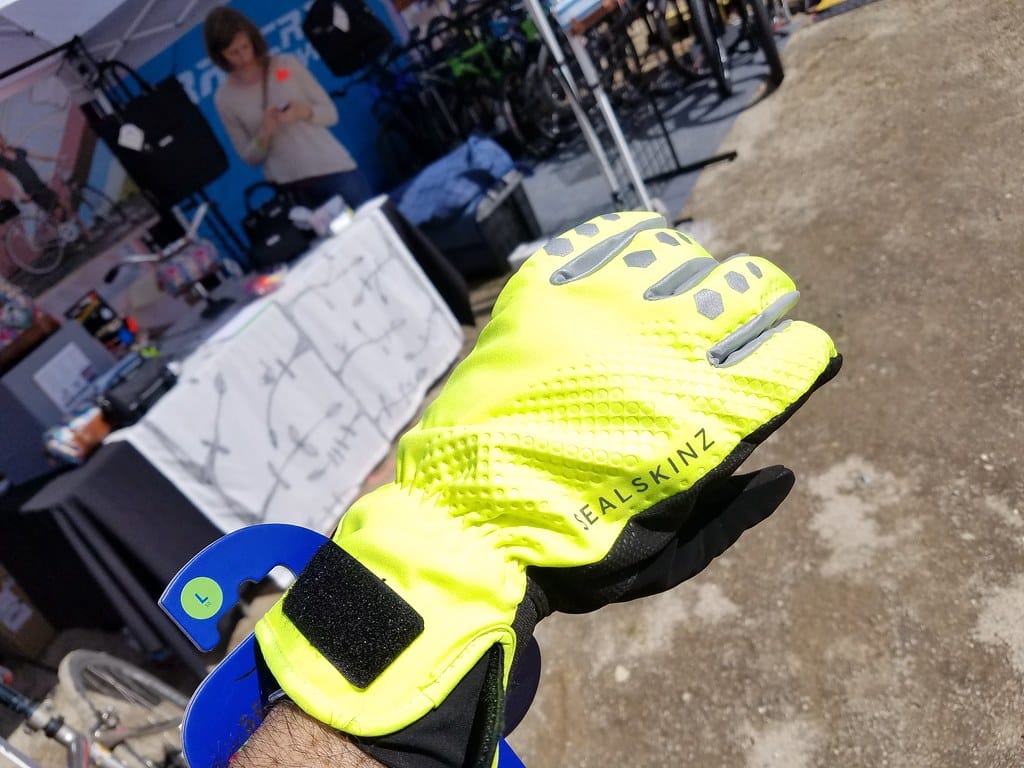 The Nigerian Agent Who Lost $50,000 on Fake Certificates — Then Came Back Stronger2025年10月20日Introduction In the global trade of PPE and industrial […]
The Nigerian Agent Who Lost $50,000 on Fake Certificates — Then Came Back Stronger2025年10月20日Introduction In the global trade of PPE and industrial […]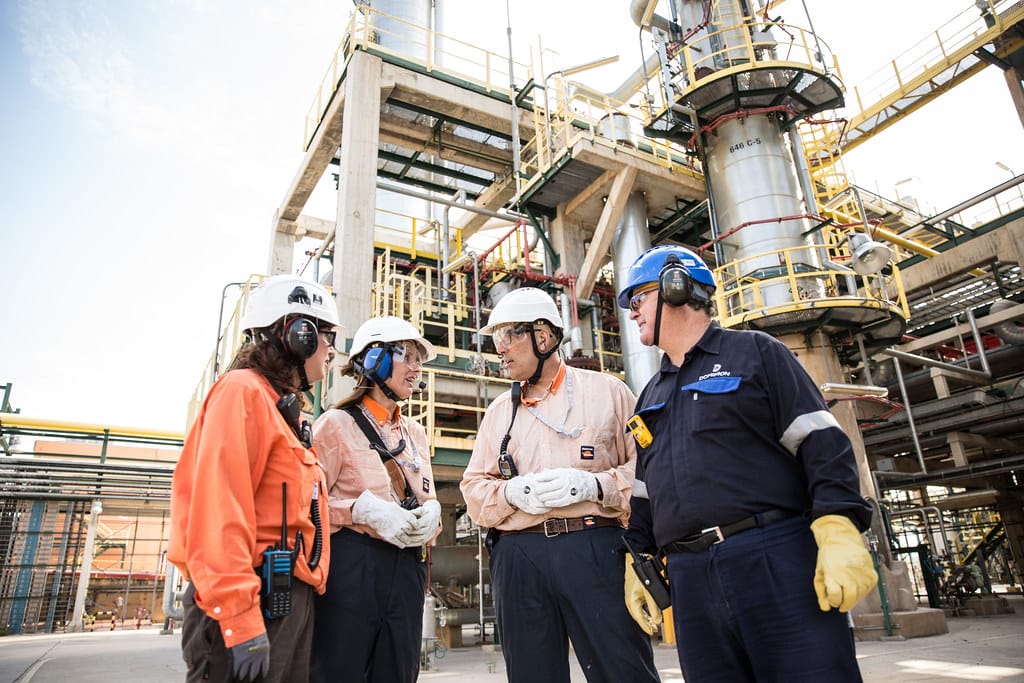 How a Brazilian Trader Used $5,000 to Break into the PPE Market2025年10月20日Introduction In a world where industrial safety and […]
How a Brazilian Trader Used $5,000 to Break into the PPE Market2025年10月20日Introduction In a world where industrial safety and […] From First Order to Market Leader: A Ghana Distributor’s 3-Year Journey2025年10月20日In the fast-growing African PPE and workwear market, small […]
From First Order to Market Leader: A Ghana Distributor’s 3-Year Journey2025年10月20日In the fast-growing African PPE and workwear market, small […]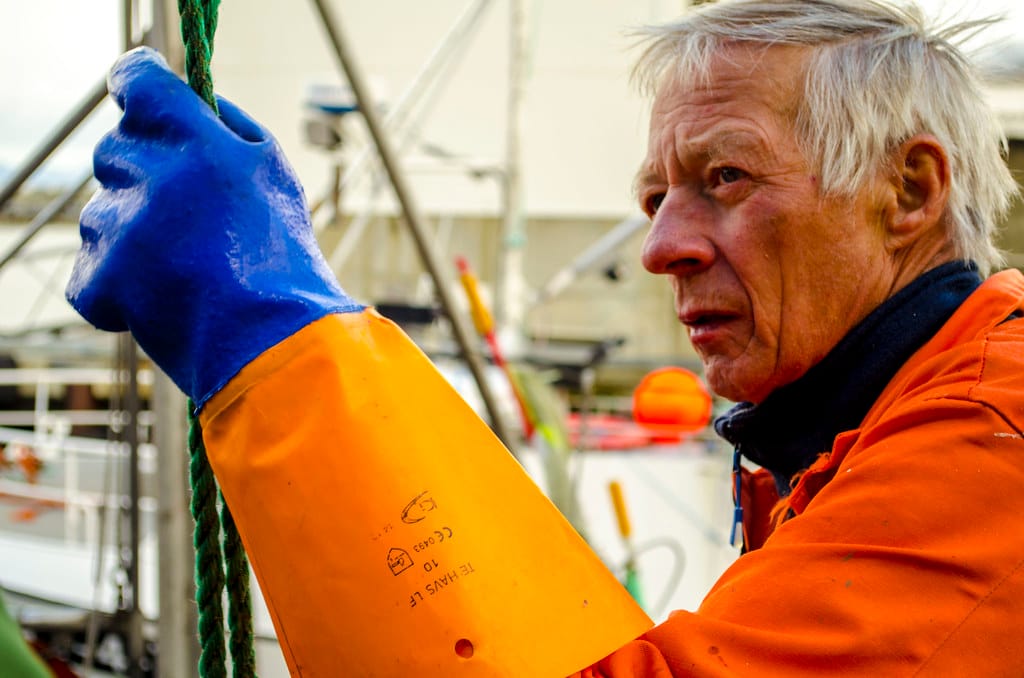 Scaling Your Workwear Brand: From Local Agent to Regional Distributor2025年10月15日In the workwear and PPE industry, many businesses start […]
Scaling Your Workwear Brand: From Local Agent to Regional Distributor2025年10月15日In the workwear and PPE industry, many businesses start […]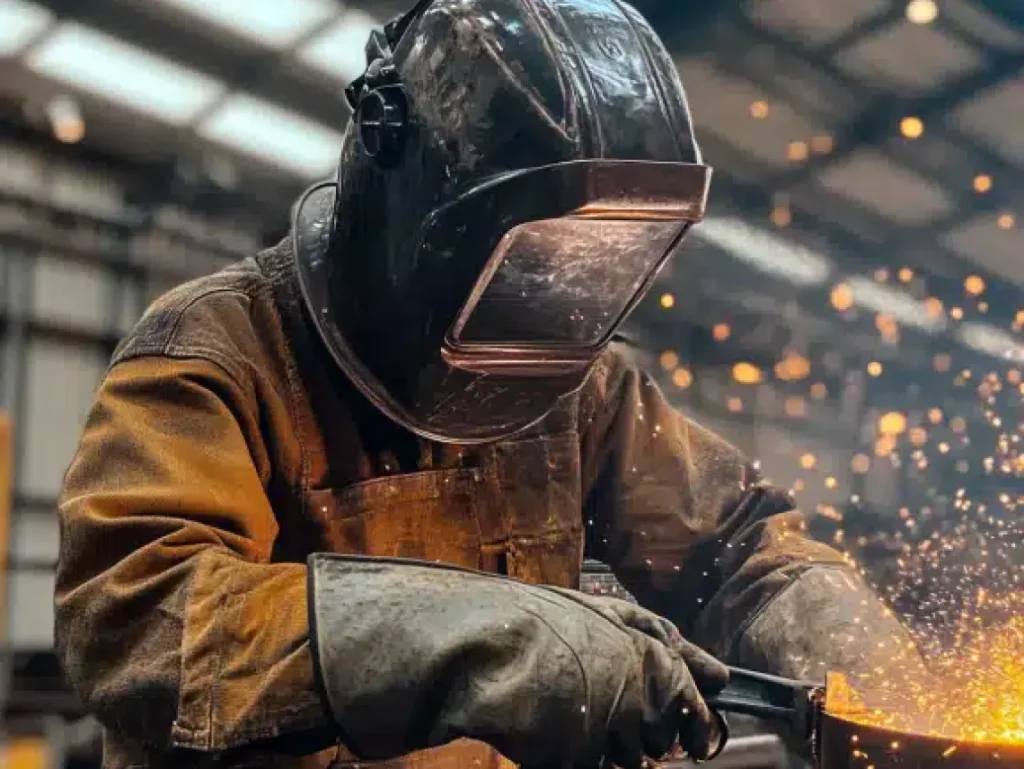 After-Sales Service & Customer Retention in the Workwear Business2025年10月15日In the global workwear and PPE industry, many suppliers […]
After-Sales Service & Customer Retention in the Workwear Business2025年10月15日In the global workwear and PPE industry, many suppliers […] Government & Corporate Contracts: Winning Large PPE & Workwear Deals2025年10月14日Government & Corporate Contracts: Winning Large PPE […]
Government & Corporate Contracts: Winning Large PPE & Workwear Deals2025年10月14日Government & Corporate Contracts: Winning Large PPE […]
CONTACT US
- Feel free to contact us any time. We will get back to you as soon as we can!
- +86-17330061805
